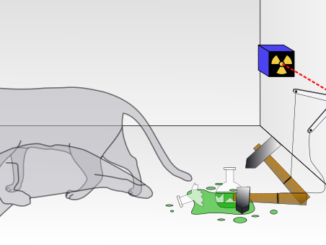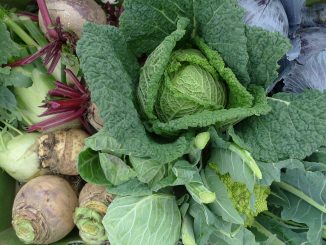
“The highest single emissions reduction opportunity identified is organic farming”. That’s according to a report, published in November called Delivering on Net Zero: Scottish Agriculture.
Read Delivering on Net Zero: Scottish Farming
Commissioned by the WWF Scotland, researchers Nic Lampkin, Laurence Smith, Katrin Padel from Organic Policy, Business and Research Consultancy, studied 37 different measures which could help Scottish Agriculture reduce its carbon footprint.
These 37 measures were housed under the following headings:
- Improved nitrogen fertiliser use
- Improved use and integration of organic manures and slurries
- Improved soil management
- Improved crop selection and management
- Improved mechanisation
- Improved livestock management and genetics
- Improved manure management
- Improved systems design
- Reducing food losses and food waste
The aim of this study was to identify whether, how and at what cost agricultural GHG emissions in Scotland could be reduced by 35% by 2045. If taken up fully, these “could reduce Scottish agricultural emissions by almost 100%. In practice, there are many reasons why measures might not be implemented in combination, or adopted, by all farmers” the report states.
Changes in nitrogen fertilizer use, and, concurrently, the integration of legumes, were listed as the most impactful of the options.
Other high achieving changes included “reducing methane emissions associated with ruminants by using feed additives including 3NOP, nitrates, probiotics, high dietary fat sources and seaweed derivatives” (However this would require approval of 3NOP as a feed additive so that it can be marketed, and that at an affordable price.” the report cautions).
Organic farming was considered part of the improved systems design category, as was agroforestry. Of the 37 specific measures available to farmers in Scotland for uptake, organic farming and agroforestry displayed the greatest potential for reducing greenhouse gas emissions from farming.
“Organic farming, with 40% uptake, could potentially deliver 730 kt CO2e reductions or 27% of the target. This is a result of combining no synthetic nitrogen fertiliser use with an overall 10% reduction in livestock numbers and the conversion of 20% of tillage land to rotational grassland.”
This conversion to rotational grassland from tillage “mitigates the stocking rate reductions, so that cattle and sheep numbers fall by 10% and other livestock numbers are assumed to remain constant, with the additional grassland used to support free range production.”
Typical organic farming practices such as use of cover crops, grain legumes in crop rotations and in grassland, and composting) were considered as mostly N reducing measures and counted separately, to avoid double counting.
“The financial impacts of these changes are reduced due to the premium markets for organic food” the authors note.
Agroforestry also offered potential for substantial reductions: “570 kt (21% of the target) with 30% uptake. This is assuming 10% of farmland is used for trees, with consequent output reductions for crops and livestock, although with some scope to mitigate this.”
“Improved animal health and breeding, with increased fertility, growth rates and yields, and reduced morbidity/mortality could reduce total livestock numbers needed to deliver the same output, and deliver 366 kt emission reductions (14% of the target) with 40-50% uptake” it finds.
It’s not all good news for organic farming and agroforestry however.
“ Despite their emission reduction potential, organic farming and agroforestry both have the disadvantages of higher initial investment costs, greater complexity acting as a disincentive to adoption and longer lead-in times, as well as output reductions that, if demand remains unchanged, could lead to an increased requirement for imports and increased emissions elsewhere.”
These fears are somewhat assuaged as “the widespread adoption of these approaches would need to be considered in the context of changing human and animal diets, and the potential for reducing food losses and waste” the report states.
Policy interventions would be needed to encourage the adoption of all recommended measures, the authors’ found, as the market alone is unlikely to drive them.
More on organic farming
What would really happen to GHG Emissions if England and Wales went Organic?
Comparing Organic, Agroecological and Regenerative Farming part 1 – Organic





